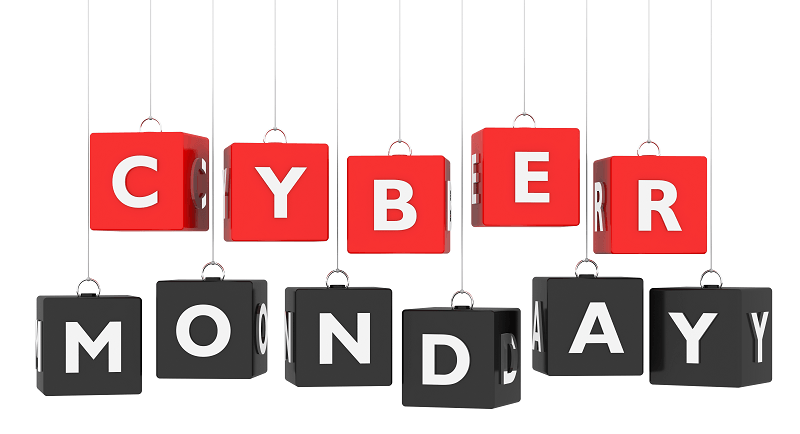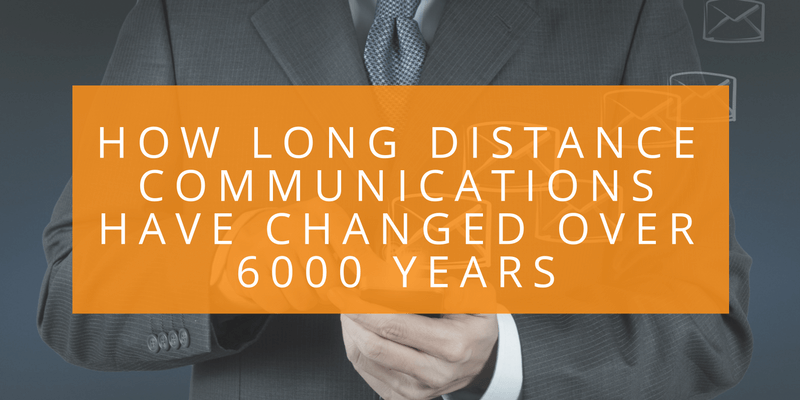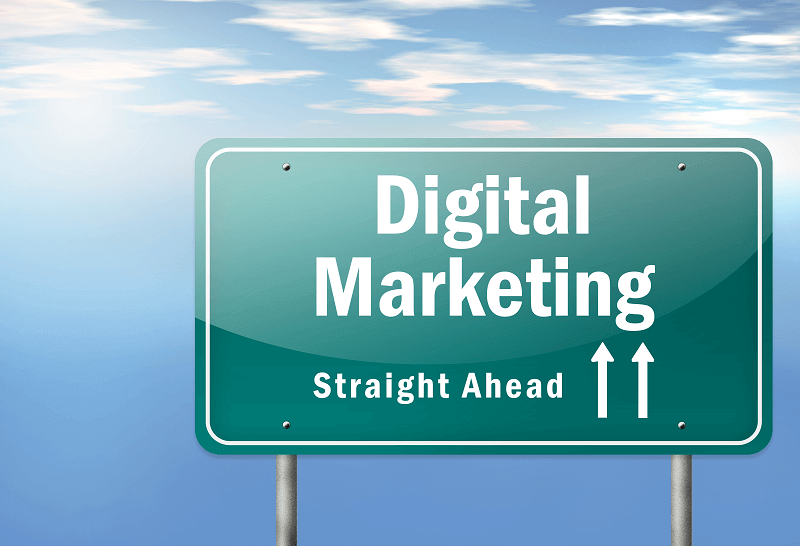How to Stop iOS 10 from Changing Your SMS Messages

Never one to be left behind, Apple took on some of the most popular messaging apps with its iOS 10 update. It’s native Messages app now supports all sorts of stickers, animations, and third party features that have made other apps so popular.
Most of the changes only affect people communicating over iMessage, Apple’s own network. But regular SMS messages may look different too, depending on how they are written.
For brands, this can be a problem. Consistency of experience for customers is important. Chances are you want the messages customers see to look the same, no matter what device they are using. And since it’s not practical (or maybe possible) to know what device someone on your list is using, you might be better off sending messages you know will look the same. Here’s how it’s done.
Text-Only Messages
If your messages have only text in them, no links, then the good news is you don’t have to do anything different. Apple devices will display them as simple text messages as it always has.
The issues all happen when URLs are included in the messages. So if you ever include them, keep on reading.
All About the URLs
So the big changes happen in iOS when URLs appear in one of two places: the beginning or the end of the message. That doesn’t mean “near” the beginning or the end, but the absolute beginning or end.
But when the URL is in the middle somewhere, then the customer will see a normal SMS message with a tappable link. So the good news is, if your messages are formatted this way then you don’t have to change anything.
However, if the Apple device gets a message with a URL placed one of those other two locations, it will create a “preview” of the link. Well, more accurately it includes an option to see a preview of the link location. You can see examples in the following images.


You can see that a new chat “bubble” is created above or below the message, depending on if the URL starts or ends the message. This is only a display change, and it doesn’t mean you’ve sent two messages instead of one!
At the bottom of the preview bubble is the domain of the URL. The full link isn’t shown, just the domain. If someone taps on the darker grey bar with the domain name and a right facing arrow on it, then they will immediately go to the website in the link. It acts the same as if a link was tapped in the SMS message.
But the bigger part of the bubble says “Tap to Load Preview”. Unless they have very skinny finger tips, most people will probably tap that, even if they wanted to tap the domain link. Once they do, one of two things will happen:
- The bubble will show an image and the webpage title or
- The bubble will show a favicon and the webpage title
Which of these happens depends on how your web page is configured. That’s because the iOS 10 processing relies on information provided in the code of a web page. This makes it a web design issue, and not just a marketing issue. If you’re interested in how exactly it works you can read more details on Free Account in our support centre.
Whatever appears in the bubble (image or favicon), when the person then taps the preview bubble again, it will take them to the linked web page.
How to Avoid it Happening
As I stated previously, if you have no links in your message then you don’t need to change anything. It will look the same as it always did.
If you want to include links, and don’t want the iOS 10 processing, make sure your URLs are surrounded by text. If you typically include them at the end, you can put your opt out instructions after the link, or the expiration date of the offer, or a funny quip – almost any character will do. It’s been reported that a full-stop after the URL will not prevent the preview bubble appearing. So put any character except that.
Another way around it is to include more than one URL. If you do, then the position of the URLs doesn’t matter. Apple devices won’t do anything different when they are given multiple URLs. The customer will see two (or more) tappable links, exactly where you put them in the message.
Apple’s innovations often have a way of changing how we work, and even live. This time though, while cool and fun for people who own the devices, it potentially means more work for SMS marketers. Whether you use the new features (and there is some marketing potential there), or you want to avoid them, you certainly need to be aware of them. Do you plan to make changes to your SMS messages because of iOS 10? Please share your thoughts in the comments.
Related Articles
A review of the EC directive for SMS marketing
How to use the US holiday invasion and SMS marketing to boost your sales
The price for being funny in an SMS message
Is your mobile strategy ready for 2015? Hint: SMS messaging should be a big part of it!
SMS Messaging is Much Better Than Shouting!
Just in the last 60-70 years, communications have gone from requiring a person to route the calls to not needing anyone other than the two people at either end. It all got me wondering about the history of communications and how much different it is from even just a 100 years ago, or a thousand. The result of my wondering is this infographic that covers most of recorded history (at some level of detail anyway).
Are You Going Back to a Dumbphone?
Is the future of the mobile phone really going backwards to a “dumbphone”? Some would have you think it’s true. But while a few may choose to go retro for a time, there isn’t any doubt that “smart” is here to stay. Read on to see what the fuss is about.
Texting While Driving is Serious Business
UK digital advertising spending tops 7.4 billion euros
Fastsms Wins Best SMS Provider Of The Year
For the second year in a row we’ve been selected by Corporate Vision Magazine as the best SMS platform and SMS Service in the UK. We earned those awards by working hard to make the best platform and offer friendly personal service. Read all about it here.












